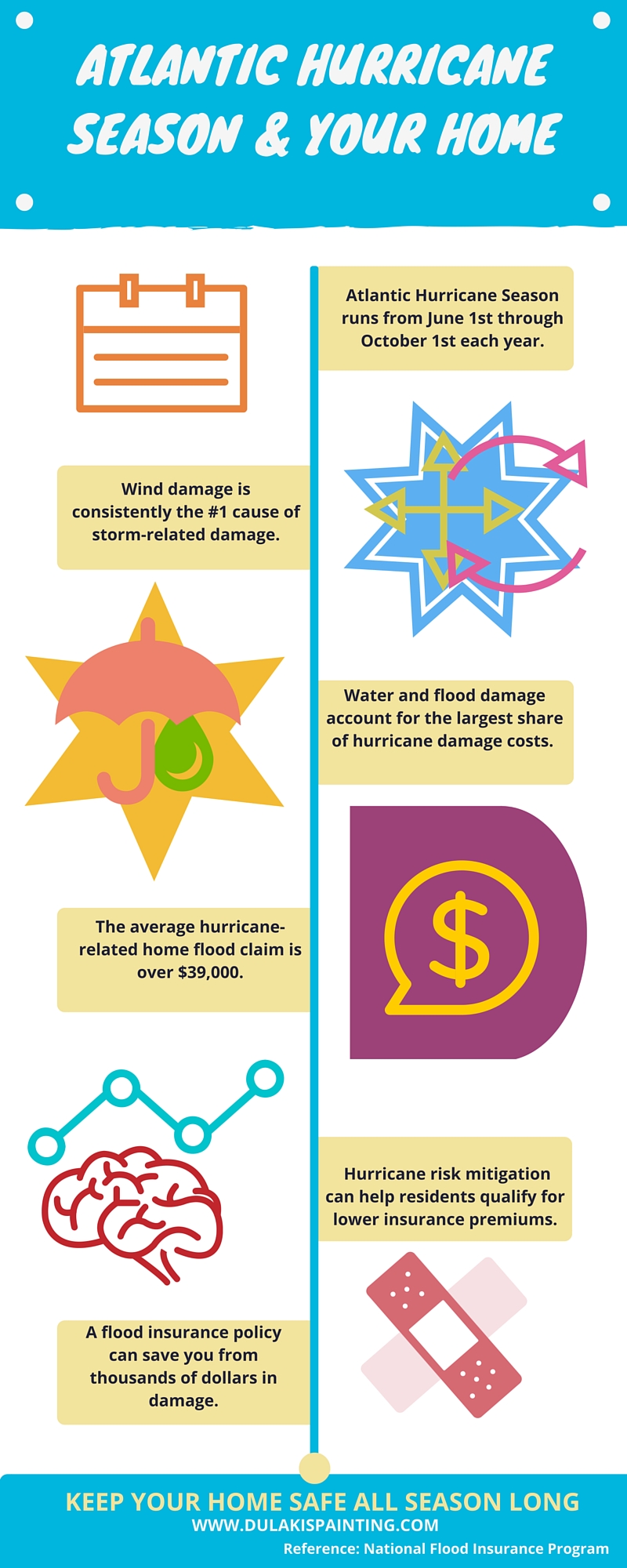Discover The Methods Which Seasonal Aspects Can Affect The Success Of Business External Paint And Figure Out The Very Best Times To Attain Long-Term Results For Your Task
Discover The Methods Which Seasonal Aspects Can Affect The Success Of Business External Paint And Figure Out The Very Best Times To Attain Long-Term Results For Your Task
Blog Article
Content Written By-Leach Rodriquez
When you're preparing a business external paint task, seasonal factors can make or break your results. You'll wish to take into consideration exactly how temperature level and moisture effect paint application and drying out times. Choosing the appropriate period can guarantee your paint sticks properly and lasts longer. However which seasons are genuinely the best for this sort of work? Allow's explore the key elements that can influence your task's success.
The Effect of Temperature Level on Paint Application
When you're preparing an industrial exterior painting job, the temperature can significantly influence how well the paint sticks and dries.
Ideally, you want to paint when temperatures vary in between 50 ° F and 85 ° F. If it's too chilly, the paint might not cure correctly, resulting in concerns like peeling or cracking.
On the other hand, if it's too hot, the paint can dry out also quickly, avoiding proper adhesion and causing an unequal coating.
You must likewise consider the time of day; early morning or late afternoon supplies cooler temperatures, which can be more favorable.
Constantly examine the maker's suggestions for the certain paint you're making use of, as they commonly provide advice on the excellent temperature variety for ideal outcomes.
Humidity and Its Impact on Drying Times
Temperature level isn't the only environmental factor that affects your commercial external paint job; moisture plays a substantial function too. High moisture degrees can reduce drying out times substantially, impacting the total high quality of your paint task.
When the air is saturated with wetness, the paint takes longer to cure, which can lead to issues like inadequate adhesion and a higher danger of mold development. If you're repainting on an especially moist day, be planned for extended wait times between layers.
It's vital to check regional weather conditions and strategy appropriately. Ideally, go for humidity levels between 40% and 70% for optimum drying.
Keeping these factors in mind ensures your job remains on track and supplies a long lasting coating.
Best Seasons for Commercial Exterior Painting Projects
What's the very best time of year for your industrial external painting jobs?
Spring and early autumn are normally your best options. Throughout these periods, temperatures are mild, and humidity levels are often lower, developing optimal problems for paint application and drying out.
Stay clear of summer season's intense heat, which can trigger paint to dry also swiftly, leading to inadequate adhesion and finish. Likewise, winter season's chilly temperature levels can prevent correct drying and healing, taking the chance of the long life of your paint job.
Aim for days with temperature levels in between 50 ° F and 85 ° F for optimal outcomes. Keep in mind to check the neighborhood weather forecast for rain, as wet conditions can destroy your job.
Planning around these variables guarantees your painting project runs smoothly and lasts longer.
Verdict
To conclude, planning your industrial external painting projects around seasonal considerations can make a significant difference in the result. By organizing work during the optimal temperatures and humidity levels, you'll make sure better bond and drying times. Remember to watch on https://www.express.co.uk/life-style/property/1625497/Property-tips-paint-painting-exterior-outside-house-white-beige-dirt-Emperor-Paint and choose the right time of year-- springtime and early autumn are your best bets. Taking what happens if you use expired paint will assist you accomplish a long lasting and specialist surface that lasts.
